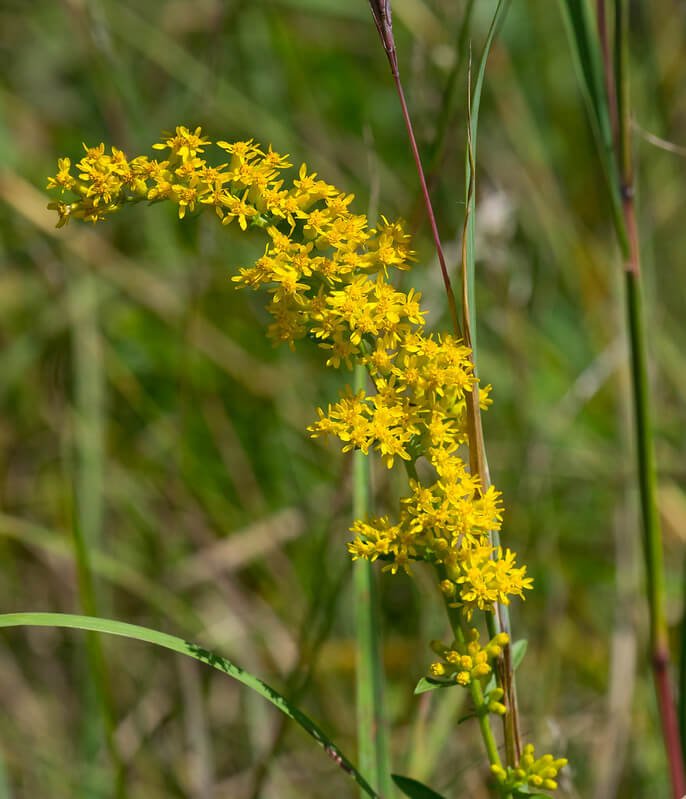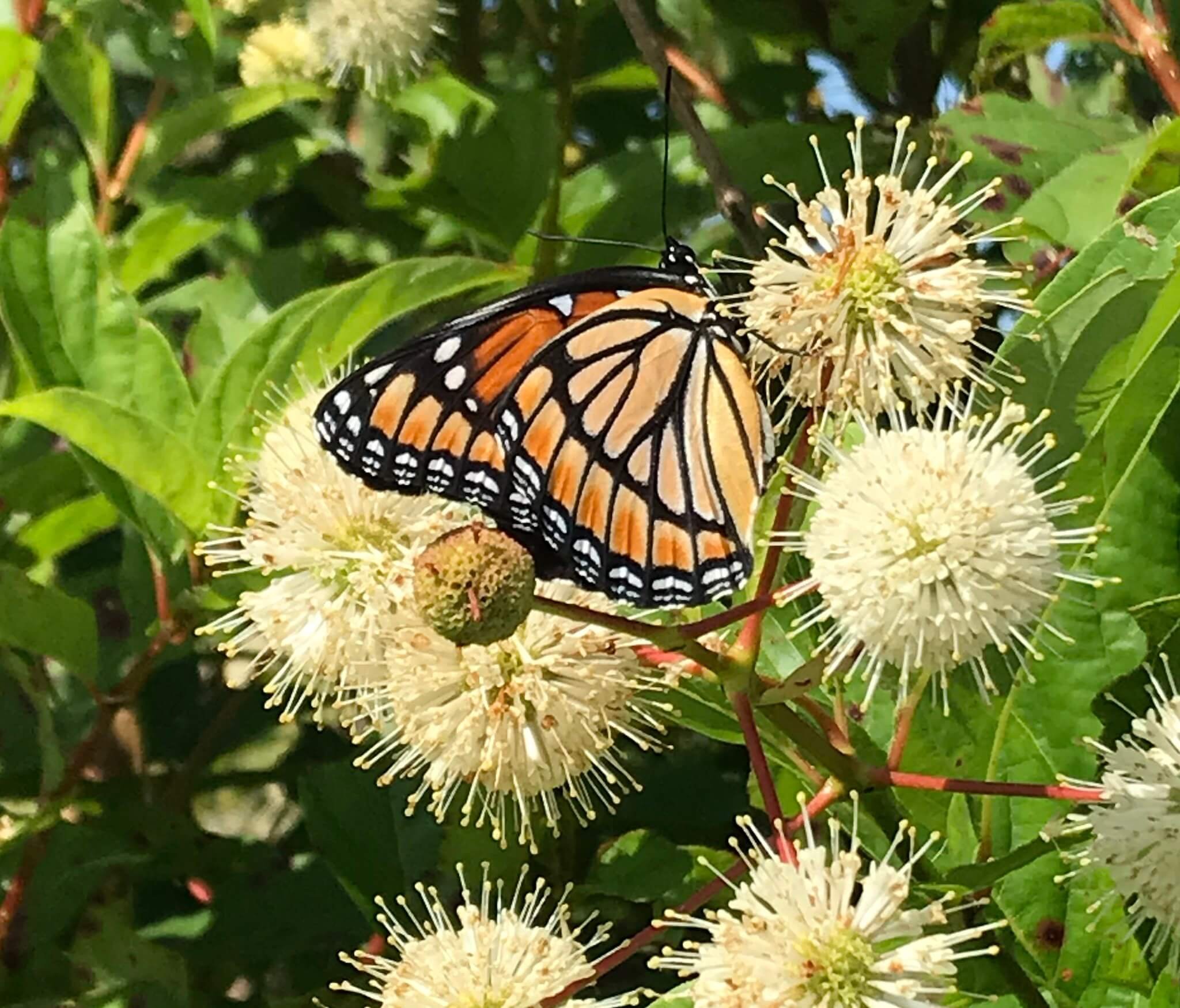 Image 1 of
Image 1 of


Wild Strawberry (Fragaria virginiana)
The ecological value of Wild Strawberry to various insects, birds, and animals is high. The nectar and pollen of the flowers attract many native bees, small butterflies, and skippers (Illinoiswildflower.info) including the specialist bees Andrena melanochroa and Panurginus potentillae (Johnson and Colla, 2023). It is also host to a surprising 82 different butterfly and moth caterpillars in our area (nwf.org), including the Grizzled Skipper (mnfi.anr.msu.edu/)! On top of that, you get the early-summer white blossoms and edible fruit. It is very versatile, growing in many different conditions, but bear in mind that it spreads by runners readily.
Photo Credit: Matt Levin
The ecological value of Wild Strawberry to various insects, birds, and animals is high. The nectar and pollen of the flowers attract many native bees, small butterflies, and skippers (Illinoiswildflower.info) including the specialist bees Andrena melanochroa and Panurginus potentillae (Johnson and Colla, 2023). It is also host to a surprising 82 different butterfly and moth caterpillars in our area (nwf.org), including the Grizzled Skipper (mnfi.anr.msu.edu/)! On top of that, you get the early-summer white blossoms and edible fruit. It is very versatile, growing in many different conditions, but bear in mind that it spreads by runners readily.
Photo Credit: Matt Levin
The ecological value of Wild Strawberry to various insects, birds, and animals is high. The nectar and pollen of the flowers attract many native bees, small butterflies, and skippers (Illinoiswildflower.info) including the specialist bees Andrena melanochroa and Panurginus potentillae (Johnson and Colla, 2023). It is also host to a surprising 82 different butterfly and moth caterpillars in our area (nwf.org), including the Grizzled Skipper (mnfi.anr.msu.edu/)! On top of that, you get the early-summer white blossoms and edible fruit. It is very versatile, growing in many different conditions, but bear in mind that it spreads by runners readily.
Photo Credit: Matt Levin
Life Cycle: Perennial
Sun Exposure: Full, Partial, Shade
Soil Moisture: Medium-wet, Medium, Medium-dry, Dry
Height: 6 inches
Plant Spacing: 3-10 inches
Bloom Time: April - June
Bloom Color: White
Advantages: Caterpillar Favorite, Bird Favorite, Deer Resistant, Great Landscaping Plant
Host Plant: 82 species of butterflies and moths use this as a caterpillar host plant in our area (nwf.org)
Specialist Bee: Andrena melanochroa and Panurginus potentillae (Johnson and Colla, 2023)
Beneficial for Endangered or Threatened Species: Grizzled Skipper (mnfi.anr.msu.edu/)
Resource: Johnson, Lorraine, and Sheila Colla. A Northern Gardener’s Guide to Native Plants and Pollinators: Creating Habitat in the Northeast, Great Lakes, and Upper Midwest. Island Press, 2023
Complementary Plants: Blue-eyed Grass, Nodding Wild Onion






